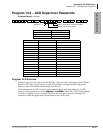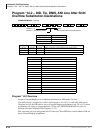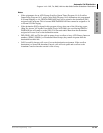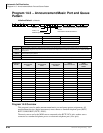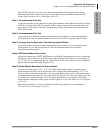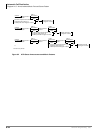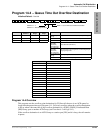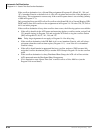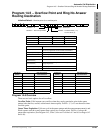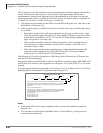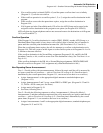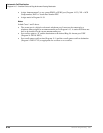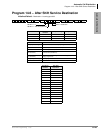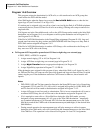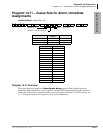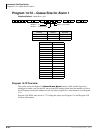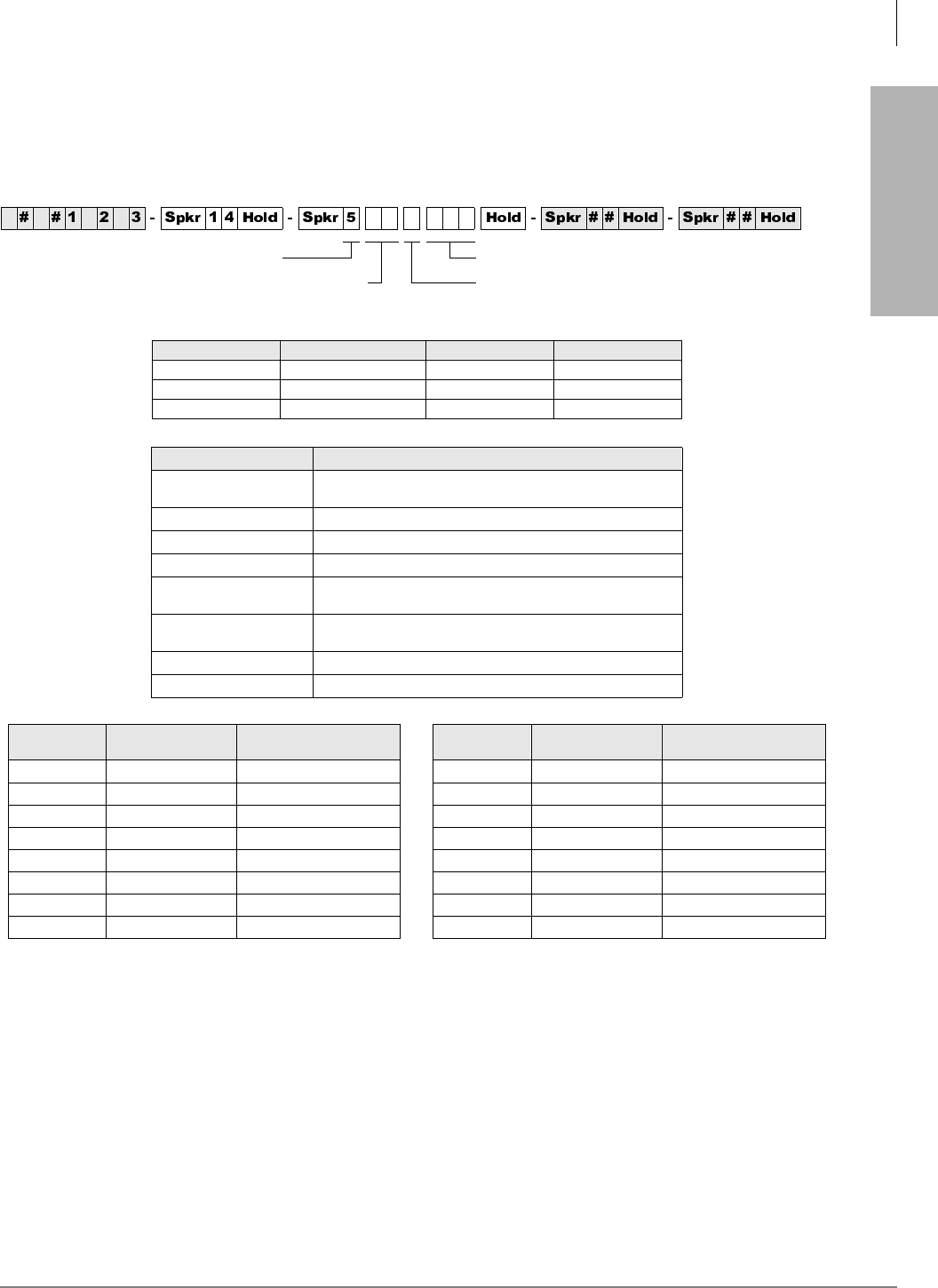
Automatic Call Distribution
Program 14-5 – Overflow Point and Ring No Answer Routing Destination
Strata DK Programming 5/99 6-25
Automatic Call Distribution
Program 14-5 – Overflow Point and Ring No Answer
Routing Destination
Initialized Default:
Overflow point=0, no overflow point
Program 14-5 Overview
There are two basic options for call overflow:
Overflow Point: Calls in queue can overflow when they reach a particular point in the queue
pattern (after the first, second, or third music timer expires). DATA = 1, 2, or 3 sets the music timer
overflow point.
Queue Timer Expiration: Calls can cycle in the queue pattern and the same announcement(s) and
music repeats until the overall queue timer expires (no overflow point). DATA = 0 selects the
queue timer expiration. (See Program 14-3, Code 5, also see Flowcharts 6-2 and 6-8 on Pages 6-42
and 6-48).
Processor ACD Group Numbers [PDN] Port Range [PhDN] Port Range
RCTUBA/BB 01~08 000~079 500~079
RCTUC/D 01~16 000~239 500~739
RCTUE/F 01~16 000~335 500~835
DATA Destination
OP0, OP1, OP2, OP3
Overflow Point (OP) Destination (Incoming Port 000). Only one
OP can be programmed. For No Overflow, select DATA=0.
See [PDN] Port Range Station or Attendant Console [PDN] Program 04 Port Number
301~316 ACD Group (RCTUBA/BB, RCTUC/D)
401~416 ACD Group (RCTUE/F)
320 (RCTUBA/BB, C/D)
420 (RCTUE/F)
Auto Attendant (DK Built-in)
321 (RCTUBA/BB, C/D)
421 (RCTUE/F)
Normal CO line; Ring assignments not including delayed
ringing assignments
See [PhDN] Port Range [PhDN] Program
*04 Port Number
900~915 Distributed Hunt Group Program *04 Port Number
ACD Group
Number
Overflow Point
RNA and Overflow
Point Destination
ACD Group
Number
Overflow Point
RNA and Overflow
Point Destination
DATA = Destination
SELECT = Overflow Point (1~3)
= Queue Timer (0)
SELECT = 5
SELECT = ACD Group Number



